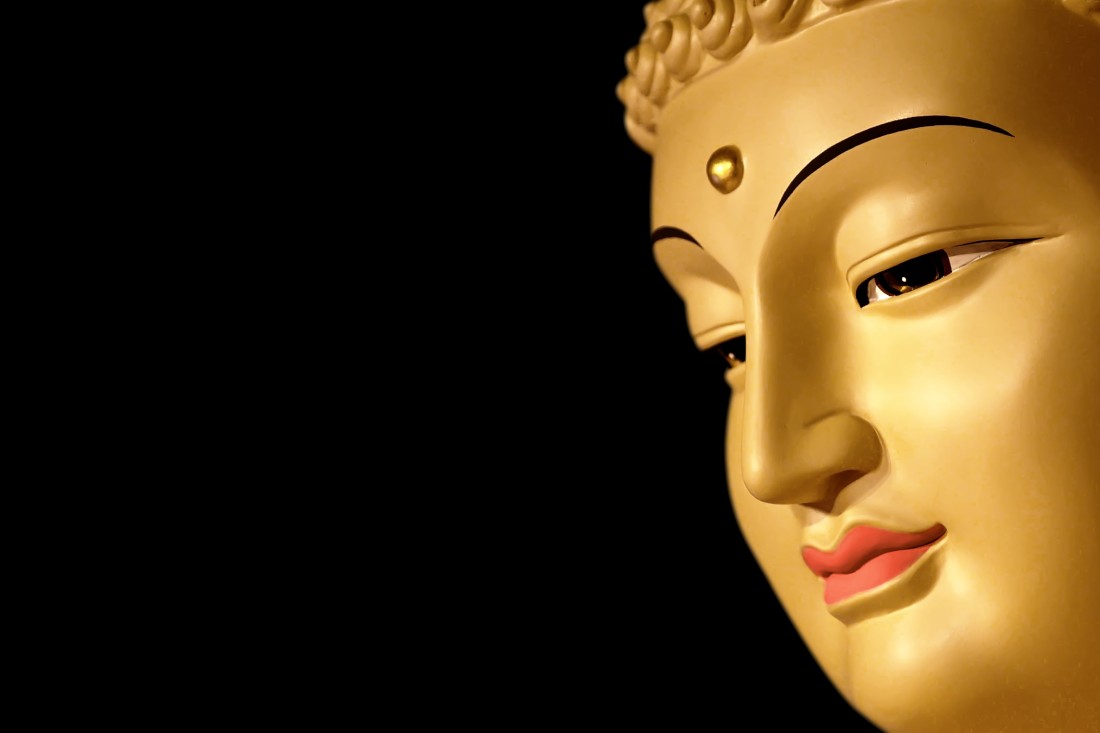The Kurma Avatar
Continuing with the saga of the avatars of Lord Vishnu,of the Hindu Trinity assigned the Preserver of the Universe manifests himself in different incarnations or avatars to restore righteousness when to restore the equilibrium between good and evil.
Kurma,the second Avatar of Vishnu like the other avatars appeared at the time of crisis to restore the cosmic equilibrium. His iconography is either a tortoise, or more commonly as half man-half tortoise.
The earliest account of Kurma is found in the Shatapatha Brahmana (Yajur veda), where he is a form of Prajapati-Brahma (the creator of the universe) and helped with the kshirsagara manthan (churning of the Ocean Of Milk.He appears in the form of a tortoise or turtle to support the foundation for the cosmic churning stick (Mount Mandara).
KSHIRSAGARA MANTHAN
The legend of Kshirsagara Manthan goes as follows
Indra, the King of Heaven and the Gods, while riding on the elephant Airavata, came across Rishi Durvasa who offered him a special garland given to him by Lord Shiva. Indra accepted the garland and placed it on the trunk of the elephant as a test to prove that he was not an egoistic god. The elephant, knowing that Indra had no control over his own ego, threw the garland to the ground. This enraged him as the garland was a dwelling of Sri (fortune) and was to be treated as a prasada or religious offering. Durvasa cursed Indra and all devas to be bereft of all strength, energy, and fortune.
In battles following the incident, the Devas were defeated and Asuras (demons) led by Bali the King of Asuras gained control of the universe. Devas sought help from the Supreme God Vishnu who advised them to treat asuras in a diplomatic manner. Devas formed an alliance with asuras to jointly churn the ocean for the nectar of immortality and to share it among them. However, Vishnu told the Devas that he would arrange for them alone to obtain the nectar.
The churning of the Ocean of Milk was an elaborate process. Mount Mandara was used as the churning rod, and Vasuki, the king of serpents, who abides on Shiva's neck, became the churning rope. The demons demanded to hold the head of the snake, while the gods, taking advice from Vishnu, agreed to hold its tail. As a result, the demons were poisoned by fumes emitted by Vasuki. Despite this, the gods and demons pulled back and forth on the snake's body alternately, causing the mountain to rotate, which in turn churned the ocean. When the mountain was placed on the ocean, it began to sink. Vishnu, in the form of a turtle Kurma, came to their rescue and supported the mountain on his back.
The Samudra Manthana process released a number of things from the Ocean of Milk. One was the lethal poison known as Halahala, which in some versions of the story, escaped from the mouth of the serpent king as the demons and gods churned. This terrified the gods and demons because the poison was so powerful that it could destroy all of creation. Then the gods approached Shiva for protection. Shiva consumed the poison in an act to protect the universe, and his consort, Parvati, grabbed Shiva's throat in an effort to prevent the most deadly poison from affecting the universes inside Lord Shiva. As a result, Shiva's throat turned blue. For this reason, Lord Shiva is also called Neelakantha.
MOHINI
Mohini is the only female avatar of Vishnu. Mohini is introduced into the Hindu belief system in the narrative of samudra manthan. Here, she appears as a form of Vishnu, acquires the pot of Amrita (an elixir of immortality) from the asuras (demons), and gives it back to the devas (gods).
The earliest reference to a Mohini-type goddess appears in the Samudra manthan episode of the 5th century BCE Hindu epic Mahabharata. The Amrita, or nectar of immortality, is produced by the churning of the Ocean of Milk. The Devas and the Asuras fight over its possession. The Asuras contrive to keep the Amrita for themselves, angering the Devas.
Vishnu, wise to their plan, assumes the form of an "enchanting damsel". She uses her charm to trick the Asuras into giving her the Amrita, and then distributes it amongst the Devas. Rahu, an Asura, disguises himself as a god and tries to drink some Amrita himself. Surya (the sun-god) and Chandra (the moon-god) quickly inform Vishnu, and he uses the Sudarshana Chakra (the divine discus) to decapitate Rahu, leaving the head immortal. The decapitated body becomes Ketu. Rahu and Ketu are both regarded as celestial bodies that assume one's destiny.
So this is how once again Vishnu saved the world and made way for another generation where in crisis he would yet take another avatar and save the people of earth.




Very interesting...
ReplyDelete